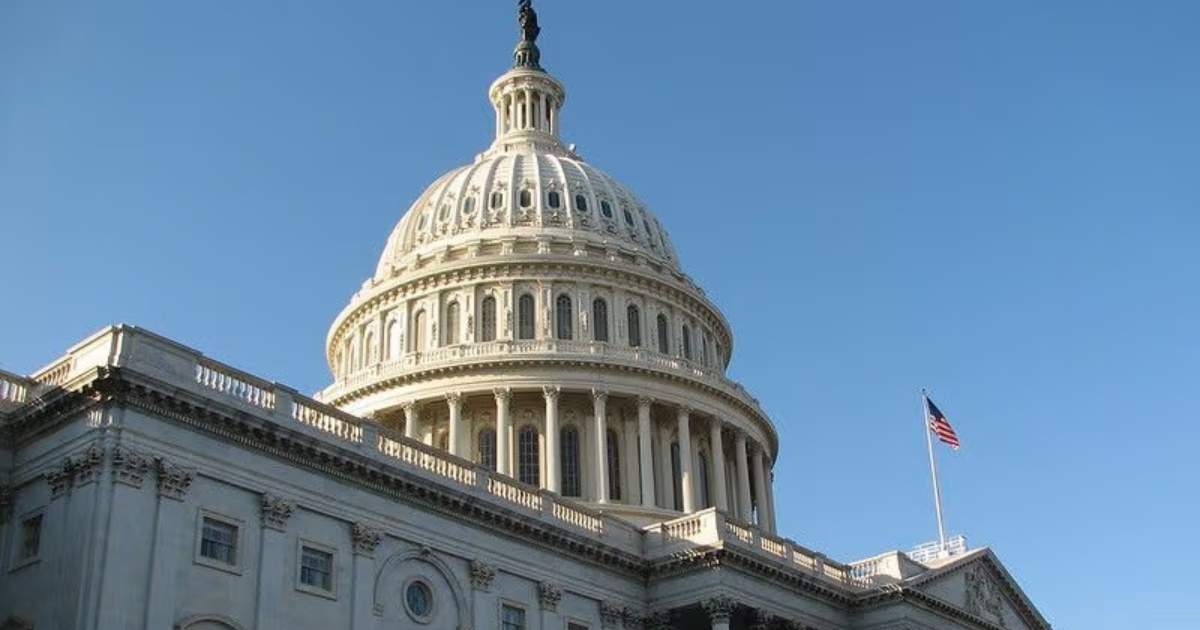The 2025 U.S. federal stablecoin regulation is the inaugural U.S. federal framework that is signed into legislation with bipartisan support, and is known as the GENIUS Act of 2025. However, it demonstrates that it has some clear rules to allow innovation and consumer protection without creating the next Terra Luna collapse.
Key-Takeaways:
- The GENIUS Act of 2025 is the first U.S. federal framework to oversee the stablecoin innovation while offering consumer protection. It means the issuers have to hold reserves, be audited and abide by anti-money laundering rules.
- However, the Act will cause market consolidation since smaller issuers will experience compliance hurdles, and will boost blockchain payments and investor confidence.
Key provisions of the GENIUS Act
 In its definition of payment stablecoins, the GENIUS Act describes them as digital assets whose value is otherwise fixed, and commonly used for payments and settlements. By separating from speculative assets like Bitcoin, they are different from them.
In its definition of payment stablecoins, the GENIUS Act describes them as digital assets whose value is otherwise fixed, and commonly used for payments and settlements. By separating from speculative assets like Bitcoin, they are different from them.
As per the Act, the issuers of stablecoins need to have reserves equal to circulating stablecoins. These reserves must be in attributes as U.S. Treasury bills and insured deposits.
It also requires regular reporting and audits by registered public accounting firms, to be done by issuers. As a part of the reporting to officers, executives are required to certify the accuracy of the reports.
The strict reserve standards make the legislation enforce transparency and financial soundness. First, it seeks to protect customers, and second, it serves to decrease market systemic risk.
The GENIUS Act also casts stablecoin issuers under the Bank Secrecy Act for the first time. This guarantees that the moneylaundering and anti-terrorism financing rules are followed by them.
Dual Regulatory Structure Under the GENIUS Act
 The GENIUS Act is a major innovation in the form of its dual regulatory structure. This sets up both states and federal oversight systems for stablecoin issuers.
The GENIUS Act is a major innovation in the form of its dual regulatory structure. This sets up both states and federal oversight systems for stablecoin issuers.
Issuers with a market cap under $10 billion also have the option to be regulated by states. But the state must have rules that are ‘substantially similar’ to the federal framework and be certified each year by the U.S. Treasury.
Mandatory federal regulation is applied on issuers above the $10 billion mark. Nonbank issuers are supervised by the OCC; and bank affiliated issuers by their parent institution’s federal banking supervisor.
Small firms have flexibility and larger ones tighter controls within this tiered system. It remains between innovation and financial stability, consumer protection.
The GENIUS Act’s focus is on consumer protection. To avoid de-pegging and to add ease for users to redeem their stablecoins for fiat currency, it is required that the stablecoins are fully backed up by assets.
In case of bankruptcy, stablecoin creditors are protected over other creditors. The Act also enforces strict custody rules that ban funds commingling apart so limited cases and banks are permitted to set up reserves and issue tokenized deposits.
The Act increases transparency on the market, through third party audits that must be mandated by clear disclosures. They serve as building blocks for trust and lowering of risk in the stablecoin ecosystem.
Implications and Industry Impact
 The GENIUS Act will bring about change to the U.S. stablecoin market. It seems to have strong bipartisan support with President Trump’s endorsement and likely become law.
The GENIUS Act will bring about change to the U.S. stablecoin market. It seems to have strong bipartisan support with President Trump’s endorsement and likely become law.
When the Act is enacted, blockchain based payments will start soaring. What they will do is dig out the regulatory uncertainty and boost investor confidence. But smaller issuers may struggle to comply with the costs, and that could make for market consolidation.
This will allow domestic players an edge as foreign stablecoin issuers will face obstacles to get into the U.S. market. The Act also permits international coordination through arrangements with jurisdictions that have equivalent regulations.
Conclusion
The GENIUS Act is a crucial act in the regulation of digital assets, with both clear rules for the multi-trillion industry but also the opportunity to allow innovation in the stablecoin sector. It ensures consumer protection by requiring transparency in the reserve, redemption, and reporting through such requirements.











